You can read Part 1, 2 and 3 as well. this is turning out to be one long book party!
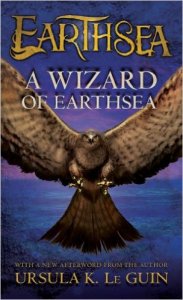 In my quest for the perfect fantasy novel, I chanced upon Ursula Le Guin’s Earthsea. She is a magician, I think. Fantasy writing is very challenging- the characters need to have magical qualities and achieve magical feats. Le Guin’s character Sparrowhawk’s rites of passage is a coming of age story of a boy who becomes a wizard. So he has all the qualities that a wizard needs except that he is ambitious and extremely human. Le Guin’s craft lies in how she makes words magical as well and she gives a premise for the entire world that she creates. It is not just a make-believe world- the logic of all magic lies in the True Speech, the basic words that give the one who utters them great power. I particularly enjoyed the Dragon of Pendor; what is a fantasy without dragons?
In my quest for the perfect fantasy novel, I chanced upon Ursula Le Guin’s Earthsea. She is a magician, I think. Fantasy writing is very challenging- the characters need to have magical qualities and achieve magical feats. Le Guin’s character Sparrowhawk’s rites of passage is a coming of age story of a boy who becomes a wizard. So he has all the qualities that a wizard needs except that he is ambitious and extremely human. Le Guin’s craft lies in how she makes words magical as well and she gives a premise for the entire world that she creates. It is not just a make-believe world- the logic of all magic lies in the True Speech, the basic words that give the one who utters them great power. I particularly enjoyed the Dragon of Pendor; what is a fantasy without dragons?
Jaya has been reading a couple of not-so fantasy novels, but novels that deal with the unreal all the same like the Game of Thrones series and the irresistible Harry Potter, though after reading Le Guin, it feels like you’ve been through all the sorcerer apprentice adventure stories created.”I don’t know if Douglas Adam’s Hitchhiker’s Guide to the Galaxy counts, but it was an other-wordly book!” said Jaya.
“No one beats Terri Pratchetts’s Discworld series,” Veena said, “If you want to explore the fantasy genre, start there.”
“And Ender’s Game by Orson Scott Card if you want a dash of military sci-fi,” Abhaya said.
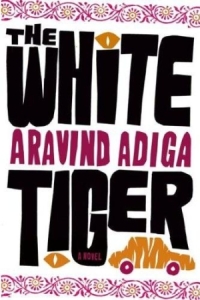 Done with dragons, we moved to a much darker terrain of poverty in a book called The White Tiger that Anil, the software engineer, was reading. Since the book was a Booker winner, he thought he’d have a go with it. It was the first serious piece of literature that he had tackled and it wasn’t exactly the right choice. The White Tiger has many admirers and many detractors as well. Some criticized it for its rawness and treatment of extreme poverty. Some praised his effort to translate something so stark and bleak. It’s not that literature has never mentioned poverty- take Charles Dickens, but Dickens was an optimist and Adiga can not sugarcoat his voice.
Done with dragons, we moved to a much darker terrain of poverty in a book called The White Tiger that Anil, the software engineer, was reading. Since the book was a Booker winner, he thought he’d have a go with it. It was the first serious piece of literature that he had tackled and it wasn’t exactly the right choice. The White Tiger has many admirers and many detractors as well. Some criticized it for its rawness and treatment of extreme poverty. Some praised his effort to translate something so stark and bleak. It’s not that literature has never mentioned poverty- take Charles Dickens, but Dickens was an optimist and Adiga can not sugarcoat his voice.
“There are parallels to Slumdog Millionaire. It isn’t a question of why India is depicted as poor, but how the depiction has been done in the first place. Phanishwar Nath Renu is a writer who tells reality as it is but he is an insider to the grim reality, so his voice is authentic,” Jaya said. “It’s not the depiction of unpleasantness that is jarring, it’s how it is depicted.”
“So a book like Em and the Big Hoom is a sad book but Jerry Pinto’s treatment is so touching, he changes your perception of the subject matter,” Arun said, “In fact, we interviewed many authors and to our surprise we found that most authors write without keeping an audience in mind.”
Baraa Al Manour, the Syrian writer, agreed,” If you think of what others want to hear, you will not write.There would be just one book, if we focused only on the reader.”
Dragons and white tigers later, Abhaya talked about his journey with Samanth Subramanium’s book called Following Fish. Being a fishitarian, the book was enlightening. “Subramanium takes us along the edge of the peninsula in nine essays and explores not just fish as cuisine but fish as industry. He talks about the bar food in Kerala, the different kinds of cuisines in Mumbai and the very secretive angling community in Goa.”
What you eat says a lot, doesn’t it? What are you reading today?

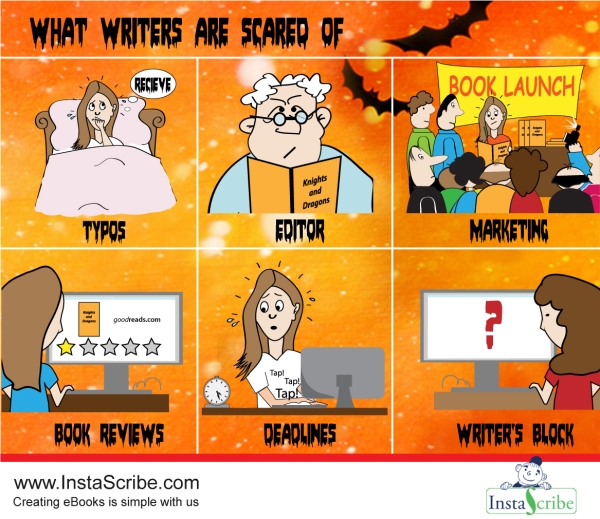




 Gone Girl
Gone Girl 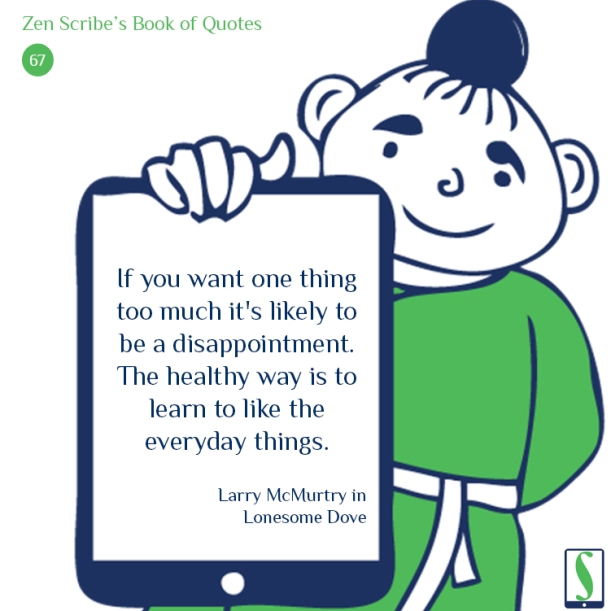




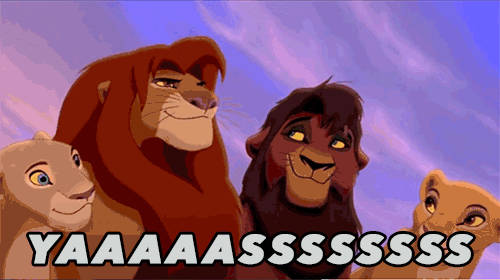






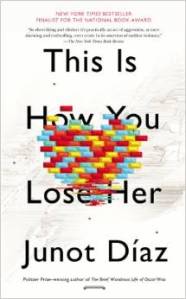

 The story of crass vocabulary reflecting dire circumstances relates to the theme of the book party we had in September. Some people like Sonya Sotomayor rise above their circumstances, some people never get out of the rut as in Junot Diaz’s book, some have no hope as we saw in the bleak book White Tiger, and some no longer understand what their parents and grandparents fought for. One such book was
The story of crass vocabulary reflecting dire circumstances relates to the theme of the book party we had in September. Some people like Sonya Sotomayor rise above their circumstances, some people never get out of the rut as in Junot Diaz’s book, some have no hope as we saw in the bleak book White Tiger, and some no longer understand what their parents and grandparents fought for. One such book was 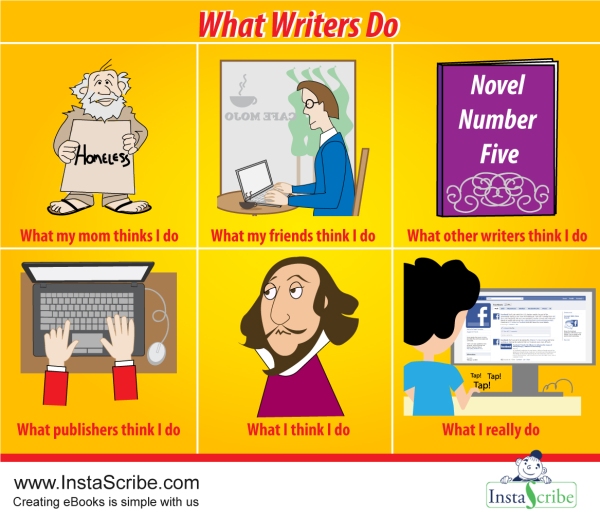





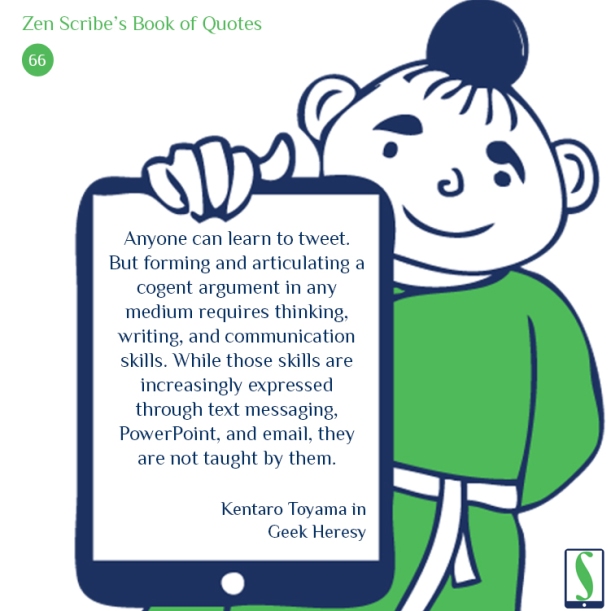













 In one of the books I had got to the party How to Read a Book (by Mortimer J. Adler and Charles Van Doren), there was a section about how to read poetry. I’ve
In one of the books I had got to the party How to Read a Book (by Mortimer J. Adler and Charles Van Doren), there was a section about how to read poetry. I’ve